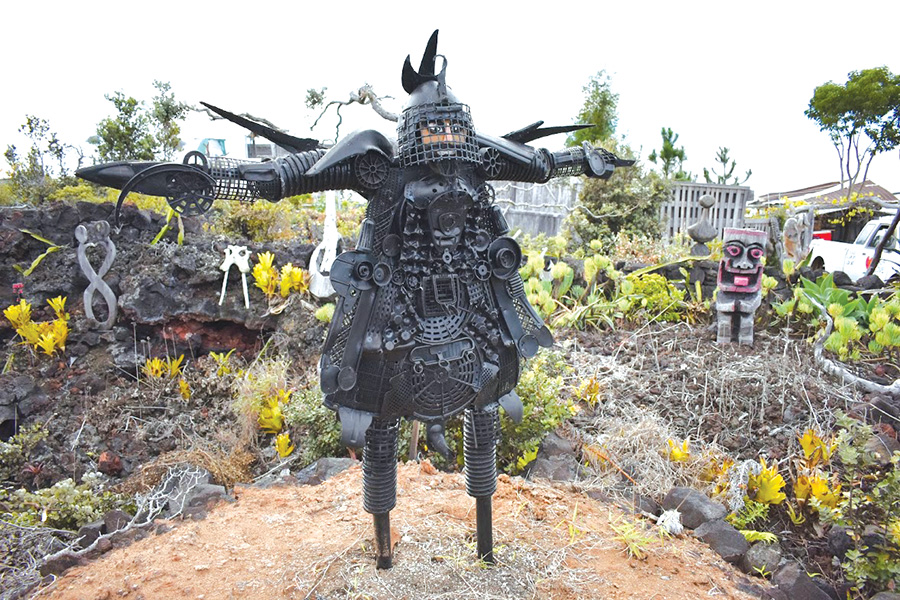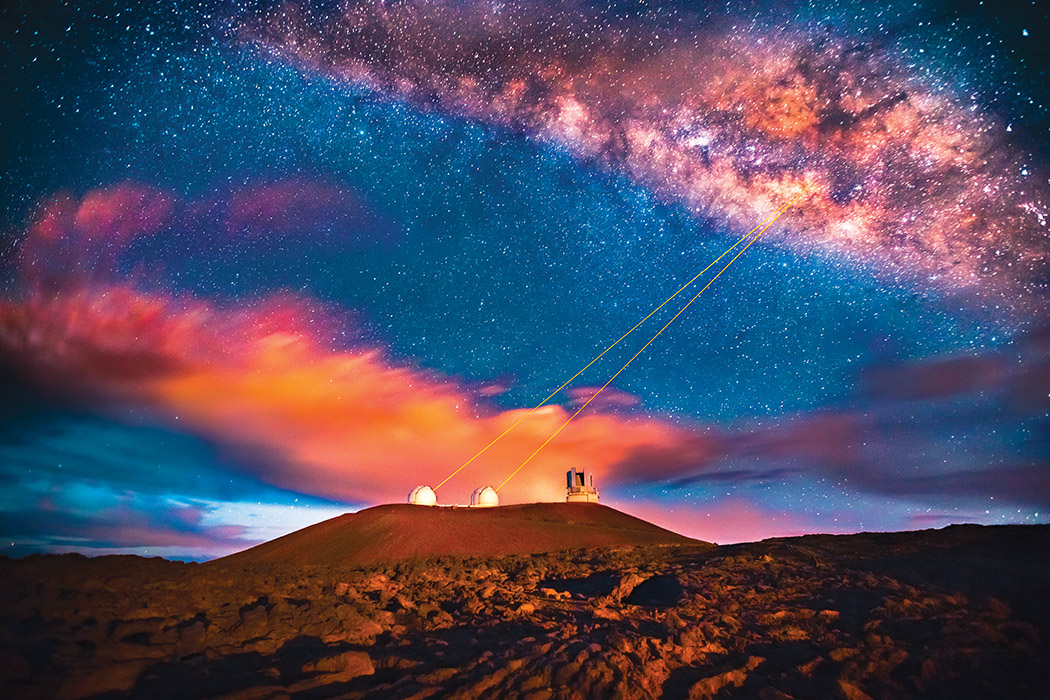
Maunakea: A Mountain of Unmatched Amazement
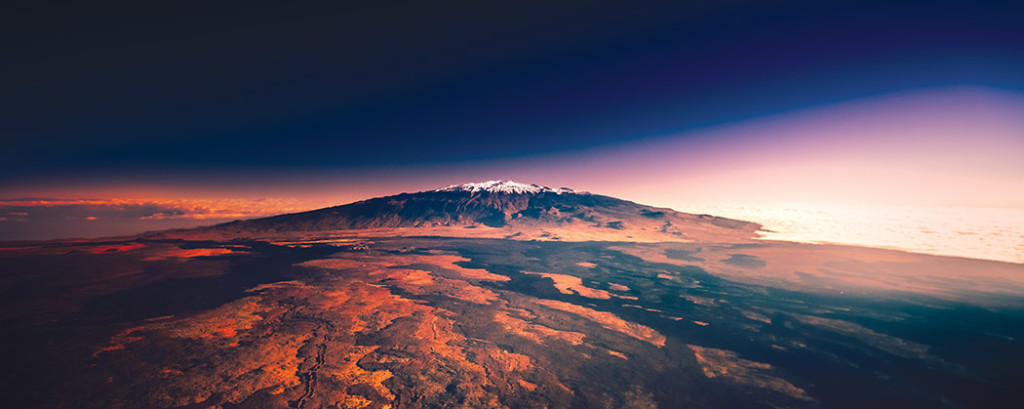
By Britni Schock
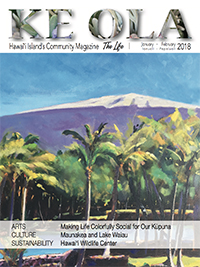
One of the most captivating mountains in the world is located in the Pacific Ocean on Hawai‘i Island. This dormant volcano, called Maunakea, is the tallest mountain on Earth, with its start about 23,000 feet below sea level and its peak 13,796 feet above sea level. Its combined total height is therefore a few thousand feet taller than Everest. Maunakea and the entire chain of Hawaiian Islands were born out of a volcanic hot spot on the seafloor which continues to create new land.
In Hawaiian, Maunakea means “white mountain”, which illustrates the annual snow that blankets the summit. Views of the mountain are just as breathtaking from the shoreline as they are from the summit; however the perspectives are quite different. Whales and marine life explore the submerged slopes, while birds and land creatures enjoy the exposed, majestic beauty above sea level. How many mountains offer you the opportunity to ski or trek through snow on its alpine summit, and swim in warm Pacific Ocean waters at its coastline, all in the same day?
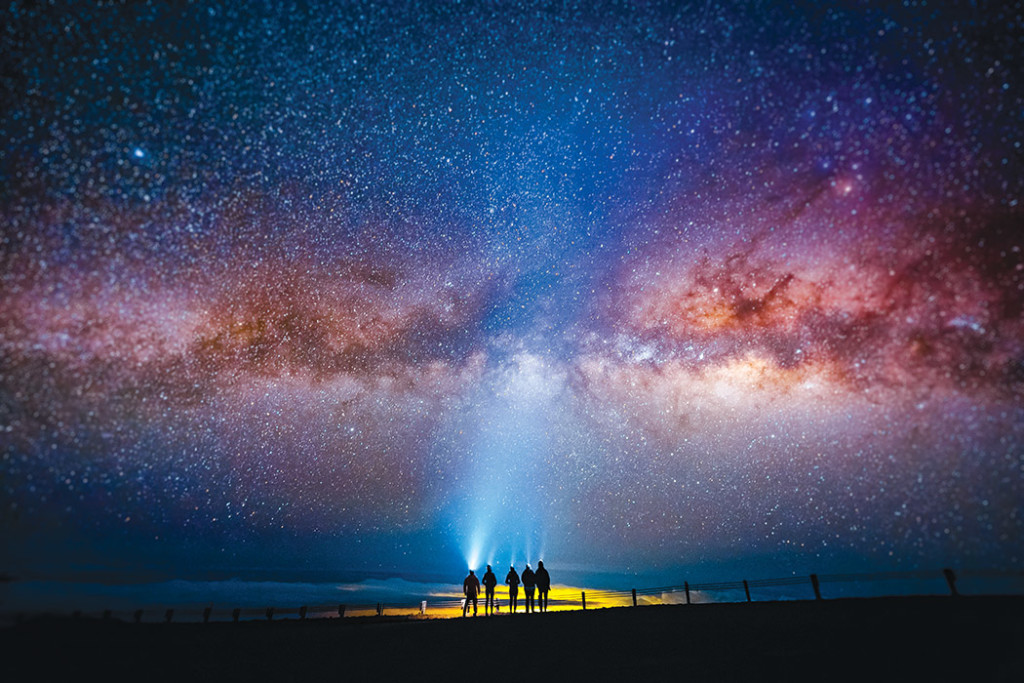
Temperatures on the summit stay in the range of 25 to 40 degrees Fahrenheit, however when combined with the wind chill and high altitude it often feels much colder. The high altitude is also a serious matter when it comes to preventing altitude sickness. You need to let your body slowly adjust before heading directly to the summit, and make sure you have consumed enough food and water beforehand. The altitude at the Visitor Information Station (VIS) is 9,200 feet, which is still categorized as high altitude, however the majority of people feel fine at this level.
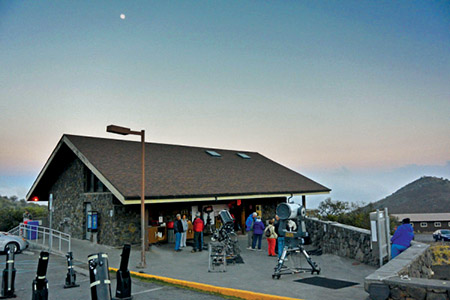
Winter on the summit of Maunakea can mean a few feet of snow that serves as a white blanket covering the mountain. During winter a change in weather conditions can come suddenly and change drastically. Snowstorms can create dangerous conditions on the summit with extreme winds over 100 mph and ice-covered roads. The road to the summit is closed during hazardous conditions, however the Visitor Information Station remains open 365 days a year.
The Visitor Information Station is open from 12pm–10pm every day and offers a variety of services. On site are Maunakea Rangers and interpretive guides to help with questions that visitors may have. There are stargazing telescopes for use by the public and a specialized solar telescope to view the sun during the daylight hours. Recently, they began offering a free stargazing program Tuesday, Wednesday, Friday, and Saturday nights from 6pm–10pm, weather permitting. On Saturday nights, the VIS hosts a special stargazing program that involves different speakers including students from the University of Hawai‘i at Hilo Astrophysics Club and Malalo o ka Po Lani, which involves community members sharing a cultural perspective. On the first Saturday of each month they have a showing of The Universe Tonight, which presents current research and news about Maunakea.
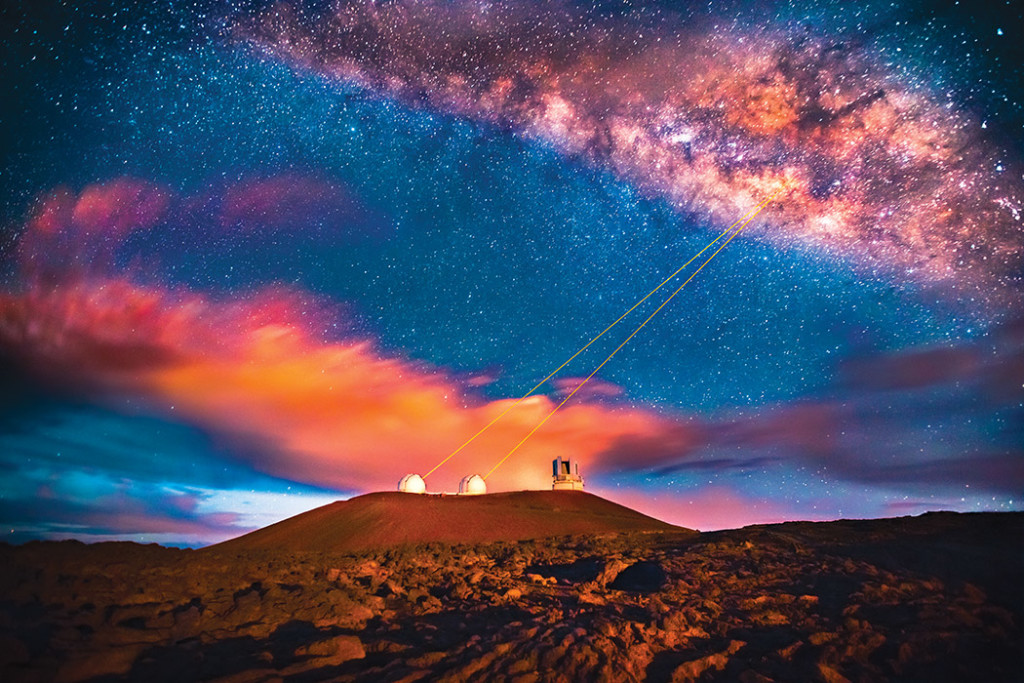
The regular program starts off with an indoor film viewing of First Light, which is a documentary about Maunakea that gives some history about the mountain from scientific and cultural viewpoints. The film is followed by telescope viewing on the stargazing patio, which is led by the staff and volunteers at VIS. When the sky gets dark enough, a guide will begin a star tour and using a laser pointer, show what is visible in the sky that night.
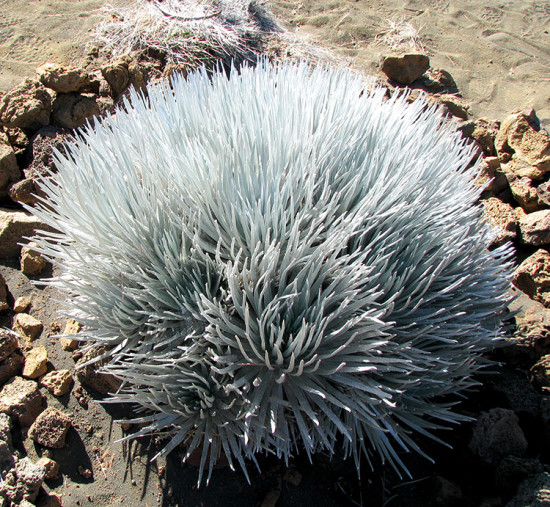
Maunakea is home to a very unique ecosystem of native and invasive species. Some of the animals found on Maunakea exist only on Hawai‘i Island. The wēkiu bug, palila (endangered gray, yellow, and white Hawaiian honeycreeper), and ‘io (Hawaiian hawk) that live on the slopes of Maunakea, are a few of the species native to Hawai‘i Island. “Moving further inland and higher up on the windward slopes you start to meet the bottom reaches of the remaining native rainforests. This is where things start to get really interesting. If you can navigate through the dangerous thickets of uluhe (Hawaiian false staghorn fern) you might start to find some of the hardier native forest bird species at around 2,000 foot elevation. Native forest birds for the most part are only found in high altitude areas because avian pox and malaria are rare in colder environments,” said Noah Gomes who has his M.A. in Hawaiian Language and Literature, as well as a passion for native species.
Several reserves have been created by state and federal governments in various areas on Maunakea to protect and preserve the natural environment. Maunakea Forest Reserve, Maunakea Ice Age Natural Area Reserve, and Maunakea Science Reserve are a few. The Maunakea Ice Age Reserve is of great importance because of the historical sites for the Hawaiian people. Landmarks including Lake Waiau, Hawai‘i’s sole alpine lake, are found in this reserve.

Another important area is the Hakalau Forest National Wildlife Refuge. The refuge is home to 17 endangered species and consists of about 38,000 acres of native forests. They focus on rejuvenating native habitats and conservation. It is the only area in the entire state which has a stable or growing population of native forest bird populations.
Being positioned so remotely in the middle of the Pacific Ocean makes Maunakea one of the best stargazing and astronomy observation sites in the world. The height of the mountain is one of the attributes that make it such an incredible experience. At the summit, you are above approximately 40% of the Earth’s atmosphere, which creates an environment best suited for viewing the sky. In this area, scientists are able to capture the clearest images and collect the most reliable data in the northern hemisphere.
When discussing Maunakea, the word ‘sacred’ is often used to describe its very essence, and rightfully so, when you discover all the history and the pure geographical uniqueness of the mountain. It is an especially significant place for the Hawaiian people because of its summit, which is believed to be a sacred realm of the gods. Not only can scientists trace the history of the universe from this peak, but Hawaiians can connect with their ancestral spirits or ‘aumākua. The summit is thought to be a place where you feel the relationship between heaven and earth. Maunakea is also the home of Poli‘ahu, the goddess of snow. She sits across from her rival, Pele, goddess of volcanoes, across from the summit of Mauna Loa. The goddesses are divided by the saddle area between the two mountains.
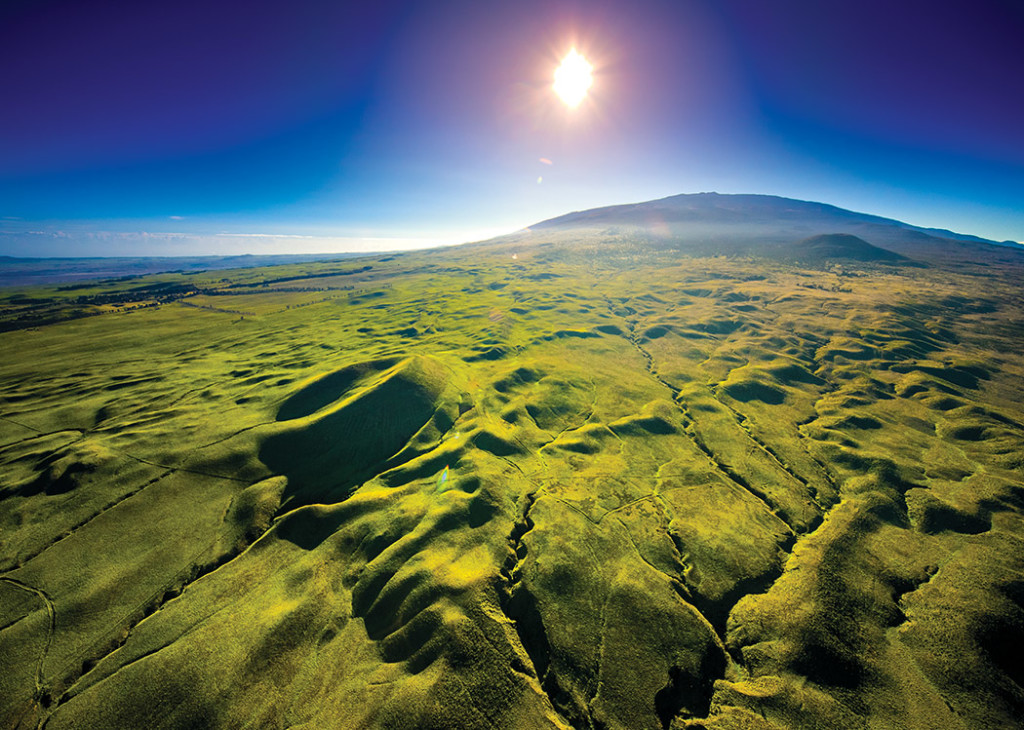
Watching the sunset from the high altitudes of Maunakea is popular with both visitors and residents. Some even make the early morning expedition to watch the sunrise. If you ever decide to make the journey to the divine mountain of Maunakea, be sure to show respect and mahalo (thank) the ‘āina (land). “Hawaiians traditionally request permission to enter a space, in honor of the space, perhaps offering an oli (chant). Through asking permission you acknowledge your environment with respect. The environment then responds, in turn acknowledging you. This can be through a gust of wind, sudden change in weather or even just silence,” said Hawaiian studies student Kekaikāne-Olahō‘ikeikonamanakālena Lindsey, who studies Hawaiian language and culture at the University of Hawai‘i at Hilo.
People come to Maunakea for many different reasons, often drawn to its mana (spiritual power) or energy. Whether you are interested in Hawaiian culture and history, nature and conservation, science and astronomy, or you are just an all-around adventure seeker, Maunakea surely has something for everyone to experience. ❖
For more information, contact: ifa.hawaii.edu/info/vis/.
For more information about the Kama‘āina Observatory Experience, or to reserve a spot for an upcoming tour, visit: kamaainaobservatoryexperience.org or call ‘Imiloa Astronomy Center at 808.969.9703.


